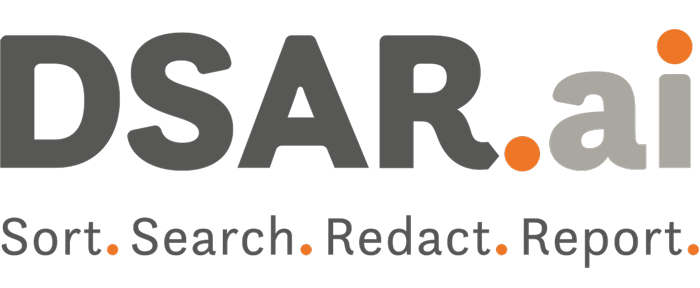DSARs in 2025: Trends, Tactics, and Legal Shifts Every Privacy Leader Must
In 2025, the landscape of Data Subject Access Requests (DSARs) has shifted dramatically. The volume, complexity, and strategic significance of these requests have grown, driven by evolving laws, rising public awareness, and increasingly diverse data formats. From AI-driven automation to new global regulations, here’s what privacy leaders need to know now.
In 2025, the landscape of Data Subject Access Requests (DSARs) has shifted dramatically. The volume, complexity, and strategic significance of these requests have grown, driven by evolving laws, rising public awareness, and increasingly diverse data formats. From AI-driven automation to new global regulations, here’s what privacy leaders need to know now.
1. DSAR Volume Surge & Multimedia Complexity
Organizations are experiencing a sharp rise in DSAR volumes. In the U.S., CCPA-related requests surged 246% from 2021 to 2024. Across Europe, DSARs are increasingly tied to employment disputes and pre-litigation strategy.
Compounding the challenge, DSARs now often involve multimedia formats—including video, audio, and screen recordings. Both the UK’s Data Use and Access Act (DUAA) and several U.S. state laws recognize these formats as personal data requiring full redaction and inclusion in disclosures.
2. Automation and AI Adoption
Manual DSAR handling is quickly becoming obsolete. Legal and privacy teams are turning to AI-powered platforms that can:
- Search across SaaS, chat logs, and backup systems
- Redact sensitive content in multimedia files
- Automate timelines and regulatory workflows
Despite this shift, 11% of organizations still rely on manual processes, risking compliance failures in the face of tightening deadlines and audit scrutiny.
3. Identity Verification and Security Pressures
As DSARs become more valuable (and potentially more sensitive), fraud attempts are rising. Regulators now urge companies to verify identities using tiered approaches that balance friction with security.
For example, the UK ICO and EU regulators advise initiating the DSAR response timeline only after successful identity verification. DUAA and several U.S. state laws formally allow timeline “pauses” for ID confirmation.
4. Legal & Regulatory Shifts Across the US, UK, and EU
United States: In 2025, five new state privacy laws (Delaware, Iowa, Nebraska, New Hampshire, New Jersey) took effect, all mandating:
- Clear opt-outs and personal data category disclosures
- 45-day DSAR response deadlines
- Stop-the-clock allowances for ID verification
- Explicit inclusion of biometric, video, and audio data
United Kingdom: The DUAA introduces more flexibility:
- “Reasonable and proportionate” searches
- Stop-the-clock provisions for ID checks and scope clarifications
- Clearer exemptions for legal privilege and excessive requests
European Union: While GDPR remains unchanged, member states are issuing tighter national guidelines and increasing expectations around thoroughness and timelines. Divergence from the UK’s DUAA is becoming more pronounced, particularly around enforcement priorities.
5. Operational Challenges to Watch
- Data Sprawl: Locating all personal data across cloud apps, encrypted backups, and siloed systems remains a massive burden.
- Retention and Deletion Gaps: Only 29% of organizations feel confident in their data deletion practices, which affects DSAR completeness.
- Employment DSAR Risks: In the UK and EU, employee DSARs are high-stakes due to their frequent use in employment litigation.
6. 2025 Recommendations for DSAR Excellence
- Invest in AI Platforms to automate collection, review, and redaction.
- Implement Tiered ID Verification processes based on sensitivity.
- Update Policies to align with DUAA and new U.S. state laws.
- Track Regulatory Divergence between the UK and EU.
- Train Teams on DSAR workflows, litigation risk, and privacy best practices.
Conclusion: DSARs as Strategic Privacy Infrastructure
In 2025, DSARs are no longer a checkbox compliance task. They are a strategic element of your privacy posture, your brand reputation, and your legal risk management. Leaders who embrace automation, policy modernization, and smart verification will not only survive the DSAR surge—they’ll turn it into a competitive advantage.
If you’re ready to take your DSAR operations to the next level, discover how DSAR.ai can help automate workflows, ensure compliance, and safeguard trust. Learn more at DSAR.ai
 020 8004 8625
020 8004 8625


